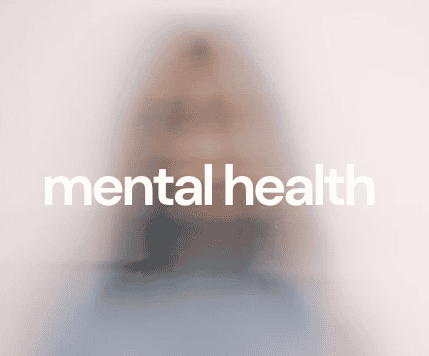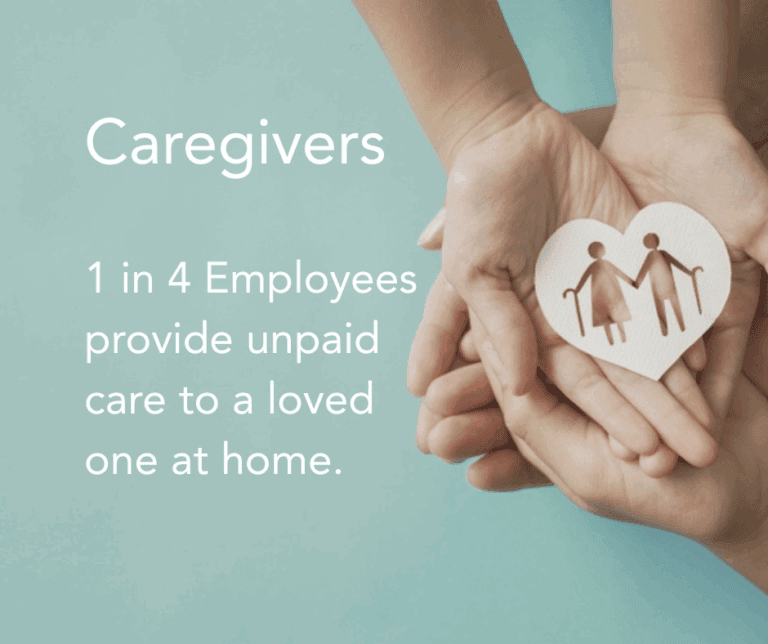Mental Health Benefits Are No Longer Optional: What HR Leaders Need to Know
Over the past decade, mental health has shifted from a peripheral concern in benefits strategy to a central pillar of organizational well-being. This isn’t just a trend — it’s a structural shift in how employees engage with their work, their health, and their employer.
📈 A Surge in Utilization
Mental health benefit utilization has grown rapidly in recent years:
- 22% of employees accessed mental health services in 2022, up from 12% pre-pandemic.
- Teletherapy usage has increased over 500% since pre-pandemic levels.
- Mental health claims are now among the top five drivers of short-term disability in many organizations.
Gen Z and Millennials Are Raising Expectations
Younger workers are placing increasing emphasis on mental health support when evaluating employment options:
- 60% of Gen Z say mental health benefits are a top priority in job selection (APA Workplace Survey).
- They are twice as likely as Boomers to use digital mental health tools, counseling apps, and telehealth platforms.
This is reshaping the benefits landscape. A generic EAP is no longer sufficient.
Employers Are Investing Accordingly
Organizations are taking action:
- 90% of large employers now offer mental health benefits beyond traditional EAPs (Business Group on Health).
- 80% have enhanced or added new mental health offerings since the start of the pandemic.
- Mental health is being integrated into manager training, wellness programs, and even PTO policies.
The ROI Is Undeniable
Organizations that invest in mental health see measurable returns:
- The World Health Organization reports a 4:1 ROI on mental health programs through increased productivity and reduced turnover.
- Companies with strong mental health cultures report 20–30% higher retention, especially in high-stress job roles.
What This Means for Benefits Strategy
- Mental health support is no longer confined to EAPs—it must include access to therapists, virtual care, mental health days, manager training, and culture-wide destigmatization.
- Employers that treat mental health like physical health are outperforming in employee satisfaction, engagement, and longevity.
What HR Leaders Can Do Now
To meet evolving expectations, HR and benefits teams should:
- Explore your options and expand beyond EAPs to include therapy access, mental health apps, and proactive education.
- Build a culture that normalizes and supports mental health conversations.
- Train managers to recognize early signs of stress or burnout.
- Align policies (PTO, flex time, accommodations) with employee well-being.
Conclusion
Mental health is not just a benefits issue — it’s a performance, culture, recruiting, and retention issue. Employees bring their whole selves to work. The more we support that reality, the more resilient and successful our workplaces will be.






